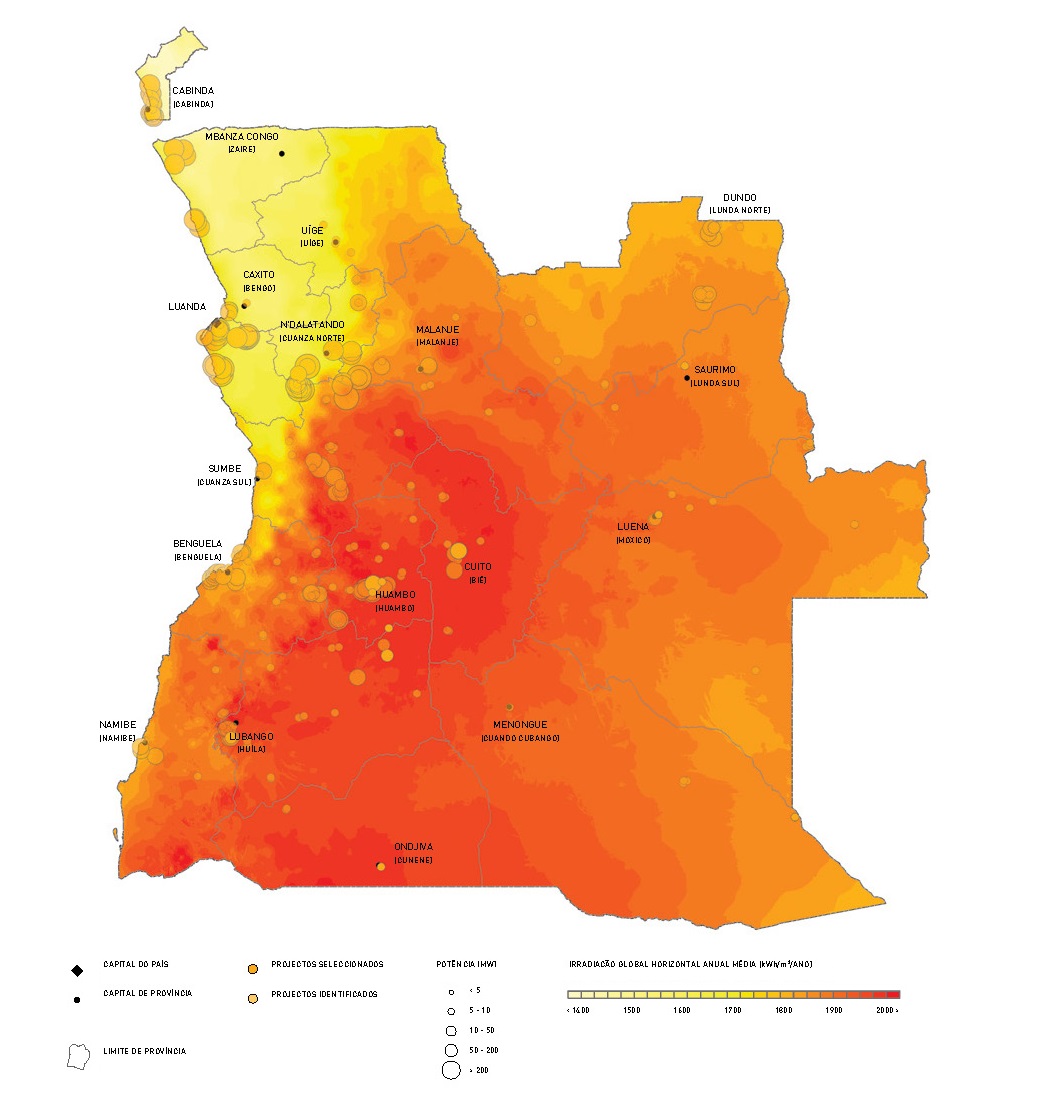The Sustainable Energy Fund for Africa (SEFA), managed by the African Development Bank (AfDB), has agreed to provide the Angolan government with a US$1 million loan to support the creation of the Energy Project Implementation Support Unit (EPISU), a new entity aimed at supporting the development of solar and renewable energy through the deployment of IPP projects.
The new unit will help developers improve the bankability of their projects, while also addressing capacity-building issues by providing technical assistance on project procurement, contract design implementation and monitoring, the AfDB said in a statement.
“This project will enable and stimulate investments through IPPs in the Angolan renewable energy sector. It also complements the US$1 billion Bank’s Power Sector Reform Support Program to the ongoing energy sector reforms undertaken by the country,” said AfDB Vice President for Power, Energy, Climate Change and Green Growth, Amadou Hott.
Angola’s National Director for Renewable Energies of the Ministry of Energy and Waters, Sandra Cristóvão recently said that sites for several wind power projects have already been identified, and that solar and biomass are to be mainly deployed in rural areas. Overall, the Angolan government is targeting the installation of around 800 MW of renewable energy capacity by 2025.
This additional capacity would help increase the population’s access to electricity, which is currently around 40%. By 2025, Angola hopes to reach an access rate of 65% and a total installed capacity of approximately 10 GW.
According to a report published by the U.S. Trade and Development Agency, the planned generation mix is projected to be 64% hydro, 12% natural gas, and 24% other fossil fuels by the end of 2018. Current installed capacity, however, is only 3.4 GW, of which 2 GW coming from hydroelectric power and around 1.4 GW from thermal power plants.
The country’s main issues for renewable energy development are its grid systems, which are divided into three separate grids (northern, central, and southern) and the lack of creditworthy utilities, as well as that of a strong, transparent regulator.
So far, only a limited number of off-grid projects have been implemented across the country, mostly in the regions of Zaire, Bié, Lunda Norte, Lunda Sur, Moxico, Cunene, Huíla, Cuando Cubango and Cuanza Sur. In June 2014, the Angolan government had identified potential for 55 GW solar power, 3 GW wind power and 18 GW in hydropower throughout the country.
This content is protected by copyright and may not be reused. If you want to cooperate with us and would like to reuse some of our content, please contact: editors@pv-magazine.com.




My goodness. Angola is both a major oil producer and one of the world’s most extreme kleptocracies. It ranks 167 out of 180 in the respected listing by Transparency International. If the Angolan leadership sees the need to go renewable, the perceptions battle is pretty much over.